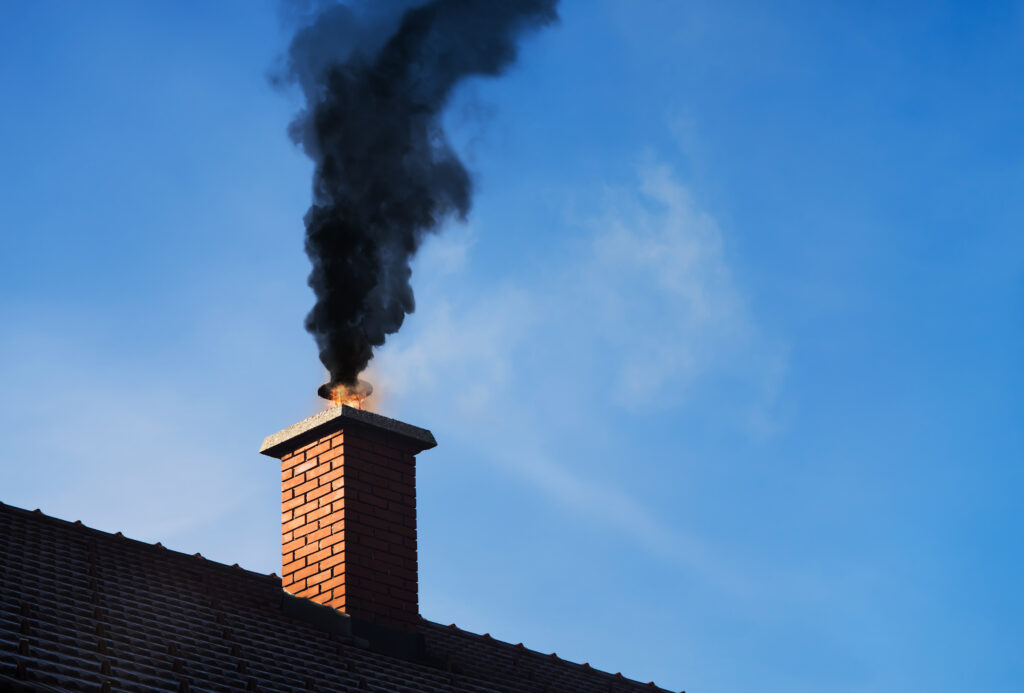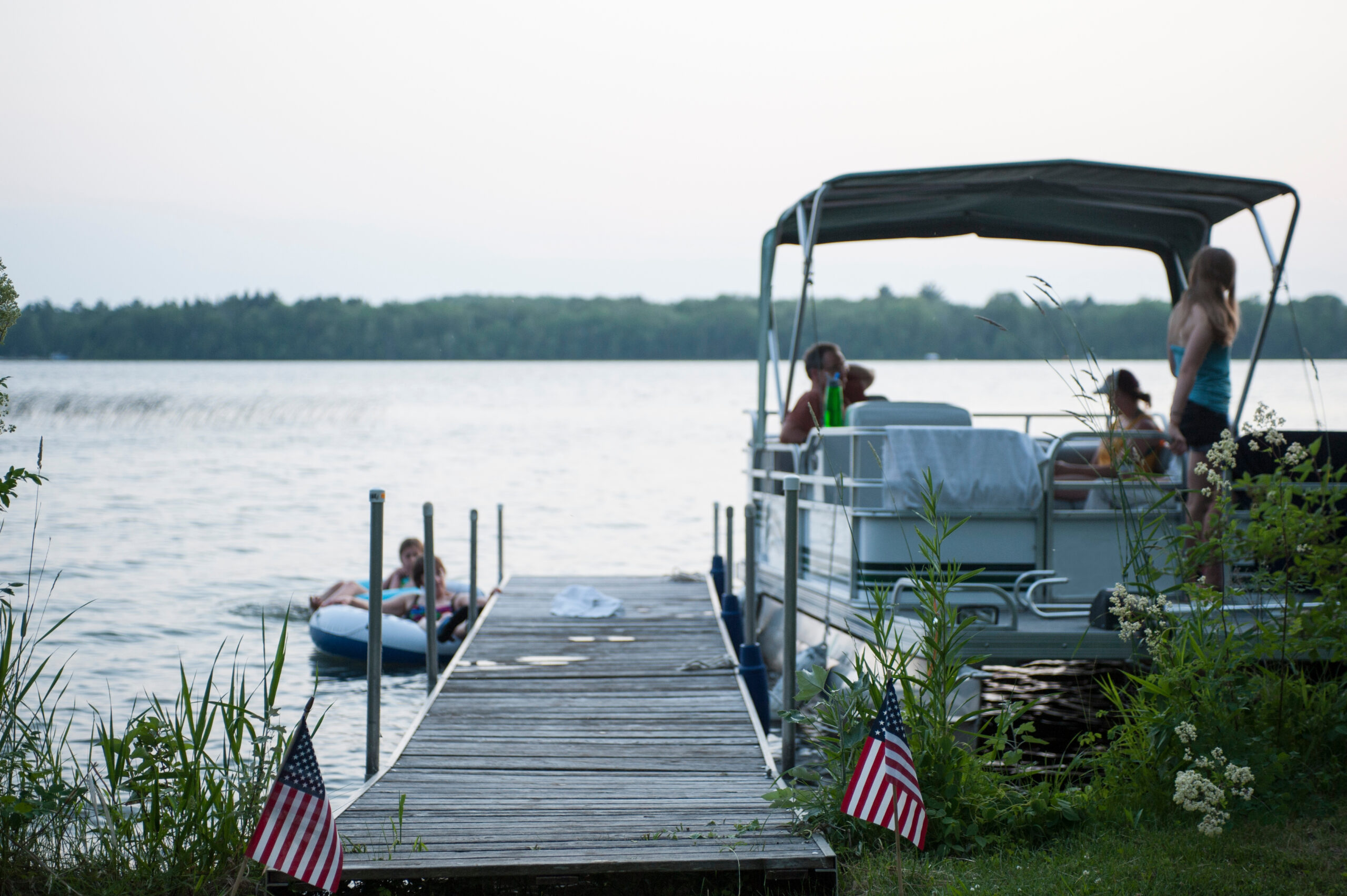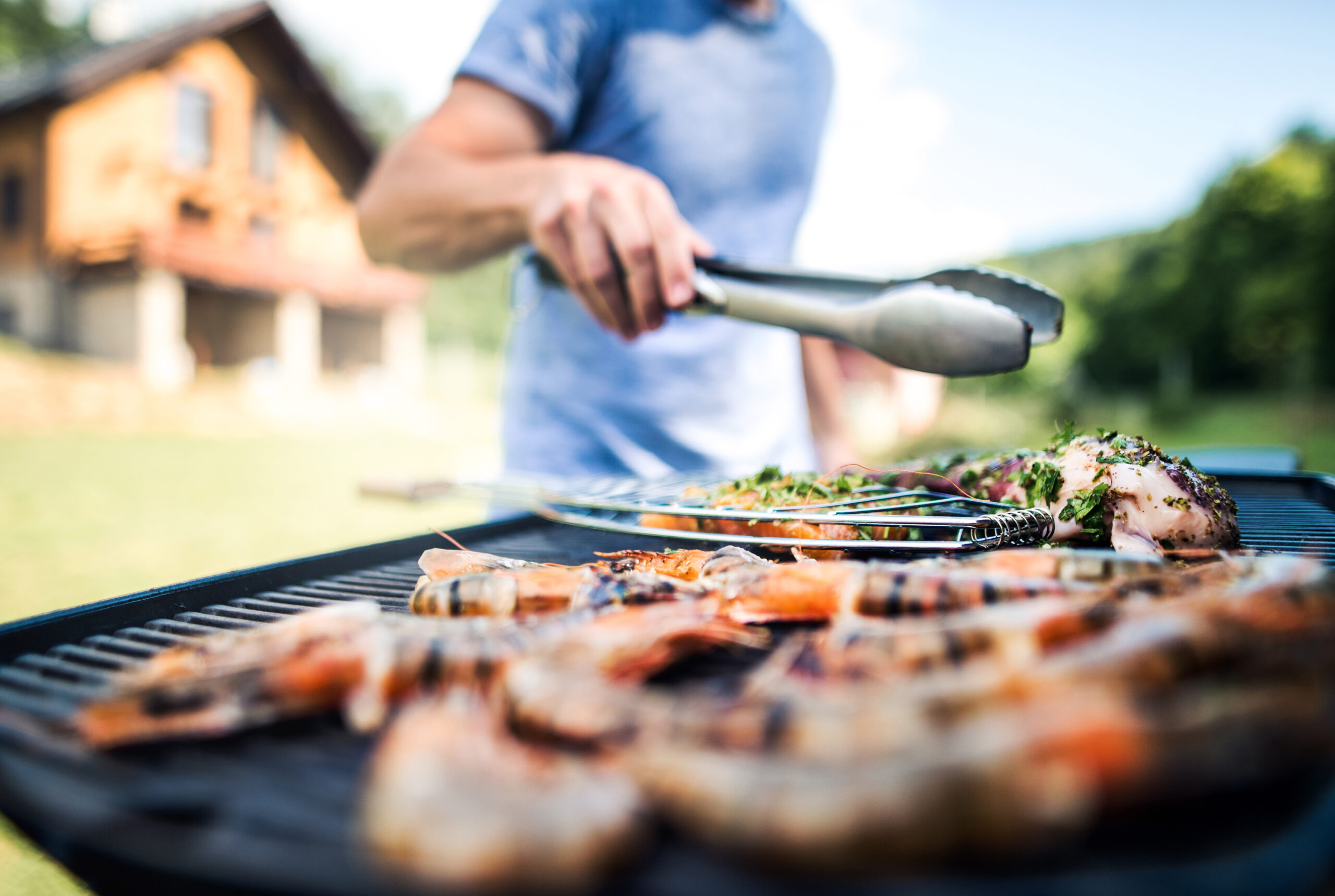January 30, 2023
Chimney Fire Prevention – Protect You and Your Home This Winter

Cozying up to a warm and toasty fire is something people in our region look forward to throughout the long, cold winter. With inflation on the rise and wood being such an abundant resource in our area, it’s no surprise that most people use wood as a primary or secondary source of heat. Wood stoves however, can be dangerous. Chimney fires contribute to millions of dollars in property damage, hundreds of injuries and several deaths each year according to the Chimney Safety Institute of America. Prevention is key with chimney fires. Read more about how chimney fires start, how to prevent chimney fires and what to do if you have one.
How do Chimney Fires Start?
Chimney fires start from a buildup of creosote. As wood burns, it releases smoke, water vapor, gases and unburned wood particles that form a lining on the walls of your chimney. Creosote is also highly combustible – just ⅛-inch buildup of creosote is enough to ignite and become a chimney fire. The perfect storm for a chimney fire is when a cold snap comes after a warm spell – a warm spell means a cooler fire, a cooler fire causes more creosote to condense, and then a cold snap means burning a hotter fire, which ignites the creosote. Spring is often the most popular time for chimney fires, but the varying temperatures of this winter has caused an uptick in chimney fires. Once a chimney fire starts, the temperature can get up to 2,000℉, which is why a small chimney fire can spread so quickly.
How Do I Prevent Chimney Fires?
Chimney fires are completely preventable with adequate installation, yearly inspections and routine maintenance. Some installation and maintenance guidelines from the Chimney Safety Institute of America are:
- Chimneys should be properly lined and the liner should be in good working condition.
- Chimneys should be a minimum of 15 feet from the ground or at least 2 feet taller than the nearest building.
- Wood stoves should be installed on a concrete pad.
- Install a chimney cap to prevent outside debris, animals, birds and nesting materials from blocking your chimney.
- Burn dry, seasoned firewood. Wet, green firewood is a sure “fire” way to create a thick build-up of creosote.
- In an area like northern Wisconsin where wood burning stoves often run constantly, doing regular checks and cleanups for creosote buildup is suggested.
- Routine inspections can help ensure that all of the above are installed properly in order to prevent a potential devastating chimney fire.
What Do I Do if I Have a Chimney Fire?
Chimney fires can go one of two ways: slow burn or fast burn. Oftentimes, homeowners don’t know that they have a chimney fire because it is burning through the creosote on the opening of the roof. It isn’t until it spreads that they realize the fire is now out of control. Whether it is a small fire or a fire that has spread, call 9-1-1 immediately. Again, creosote is highly flammable and once ignited, will burn very quickly. It’s not a matter of “if”, but “when.” Get out of the house with your loved ones immediately and if you are able to, close any doors behind you.
Chimney fires are very serious and in an area where the majority of people have wood stoves, it is even more imperative to take care of your wood stove, any attachments and the creosote that is bound to build up. Disclosing the wood stove you already have or a wood stove you install is also extremely important when discussing homeowners insurance with your trusted agent because it may affect your premiums and coverage. The homeowners insurance experts at Jensen-Sundquist can answer your questions to make sure you are covered and help you should the unfortunate situation of a chimney fire happen. Remember, prevention is key, routine maintenance is necessary and action is required if your home is one fire.




